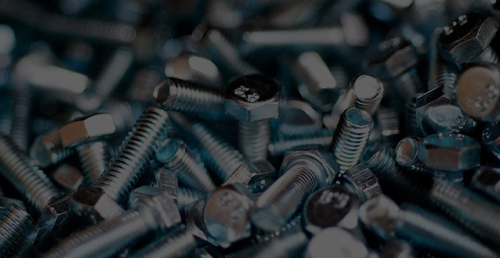chemical anchors for brickwork
Chemical Anchors for Brickwork An Essential Guide
In the realm of construction and engineering, the importance of reliable fastening systems cannot be overstated. Chemical anchors have emerged as a vital solution for securing structures to masonry substrates, especially brickwork. These innovative systems are particularly valuable for their strength and versatility, allowing for safe and efficient installations in various applications.
Understanding Chemical Anchors
Chemical anchors consist of a combination of a resin (or adhesive) and a hardener that, when mixed, create a robust bond with the substrate. Typically used in conjunction with a threaded rod or bolt, these anchors offer high tensile and shear strength, making them ideal for heavy loads and dynamic applications. The two-component setup allows the resin to bond intimately with the porous surfaces of brick, creating a strong hold where traditional mechanical anchors may fail.
Types of Chemical Anchors
There are various types of chemical anchors designed to cater to different requirements. The most common types include
1. Epoxy-based Anchors Known for their superior strength and durability, epoxy anchors are ideal for high-load applications. They provide excellent chemical resistance and are suitable for both indoor and outdoor use.
2. Polyester-based Anchors These are often used for lighter applications and cost-effective solutions. While polyester anchors offer good performance, they may not match the load capacities of epoxy-based systems.
3. Vinylester Anchors Combining the properties of both epoxy and polyester, vinylester anchors are versatile and offer improved resistance to moisture and chemicals.
Choosing the right type of chemical anchor depends on factors such as load requirements, environmental conditions, and the specific characteristics of the masonry being used.
Advantages of Chemical Anchors in Brickwork
chemical anchors for brickwork

2. Reduced Risk of Cracking When installed correctly, chemical anchors distribute load forces more evenly across the structure. This minimizes the risk of cracking the brickwork, which can occur with mechanical fasteners.
3. Adaptability Chemical anchors can be installed in various conditions, including wet or even underwater settings. This versatility makes them suitable for a wide range of projects, from civil engineering to residential construction.
4. Less Surface Preparation The bonding nature of chemical anchors reduces the need for extensive surface preparation, which can save time and labor costs during installation.
Installation Considerations
While chemical anchors offer numerous advantages, it is essential to follow proper installation protocols to ensure effectiveness
1. Surface Cleanliness Before installation, the brick surface must be clean of dust, debris, and oil to promote optimal bonding between the anchor and the substrate.
2. Correct Hole Diameter and Depth Selecting the appropriate drill bit size is crucial. The hole must be drilled to the manufacturer's specified diameter and depth to achieve the desired load-bearing capacity.
3. Proper Mixing Chemical anchors require accurate mixing of the resin and hardener. Following the manufacturer's guidance ensures that the adhesive sets correctly and attains its maximum strength.
4. Curing Time Allow sufficient time for the anchor to cure. Rushing the process can lead to weaker bonds that may compromise the integrity of the installation.
Conclusion
Chemical anchors are indispensable tools in the construction of brickwork, offering unparalleled reliability and strength. With their ability to withstand significant loads and their adaptability to various conditions, they have rightfully earned their place in modern engineering practices. Whether for securing shelving units in homes or supporting structural beams in commercial buildings, understanding the importance of chemical anchors is essential for anyone involved in masonry and construction projects. By choosing the right type and following proper installation protocols, professionals can ensure that their projects remain safe, stable, and enduring.
-
Weatherproof Plastic Expansion Anchors for OutdoorNewsJun.06,2025
-
Sustainability in the Supply Chain: Eco-Friendly TEK Screws ProductionNewsJun.06,2025
-
Load-Bearing Capacity of External Insulation FixingsNewsJun.06,2025
-
Double Head Bolts: Enhancing Efficiency in Industrial MachineryNewsJun.06,2025
-
Corrosion Resistance in Chipboard Screws: Coatings for Wholesale DurabilityNewsJun.06,2025
-
Butterfly Toggle Bolts : Enhancing Structural ResilienceNewsJun.06,2025
